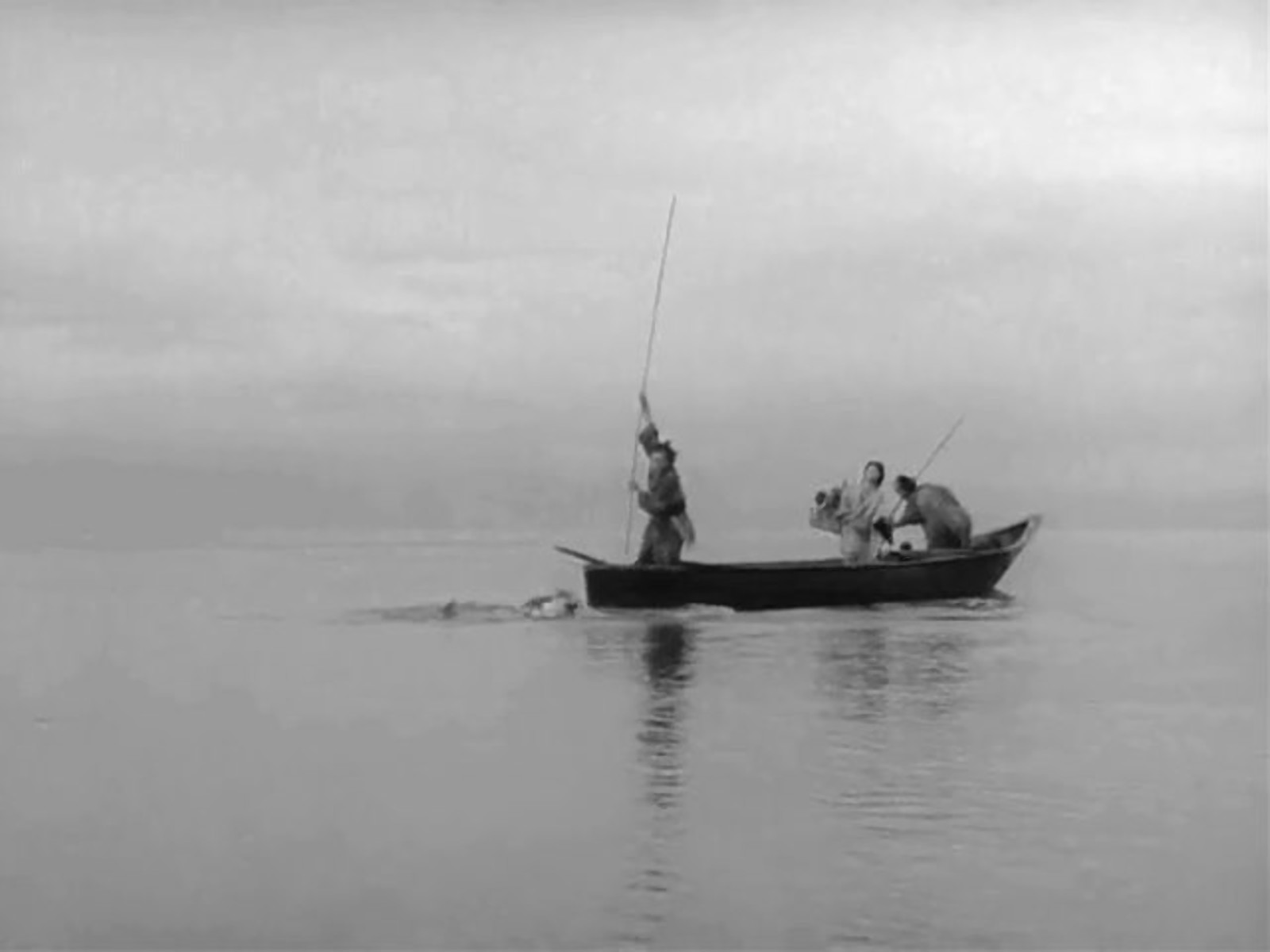Yomiuri Newspaper (Evening Edition), November 10, 1952
‘Three Movie Directors’ Round Table Talk – Yasujiro Ozu, Kenji Mizoguchi, and Hiroshi Shimizu’
Mizoguchi: I have read various stories (from various parts of Japan), and I realized there is a significant difference between the stories from the Pacific coast and those from the Japanese Sea coast. … And from the north part of Japan, there are stories like Sansho the Bailiff, the story of slaves. Slave dealers, slave ships and those things. I am interested in the stories like these. I hope I will extract (something interesting) from such stories and make them into something not like the period films. I am trying hard, but it is difficult.
Ozu: I would advise you not to do it.
Ozu did not give the reason why he opposed to Mizoguchi’s idea. One thing we should remember is, up until “Ugetsu Monogatari (1952)”, Mizoguchi had been a bit of failure when it comes to directing period dramas. His version of “The 47 Ronin (1941)” was a huge disappointment to the audience, though it is now considered to be one of the precious examples of Mizoguchi’s perfectionism. At the time of this article, Mizoguchi’s reputation resided in directing the tragic stories of vulnerable women.
In 1954, Mizoguchi and Kinuyo Tanaka talked about their new film, “Sansho the Bailiff” on Nikkan Sports (daily newspaper). In this article, Mizoguchi confirmed the idea of making the movie had been his pet project for years. When “Ugetsu” was in production, Mizoguchi and the Daiei Studio agreed to make “Sansho”. But, according to Mizoguchi, the studio wanted it to be “mother picture”, a popular genre at the time. Mizoguchi declared
But, I wanted to explore the issue of human rights in more or less dispassionate way. After all, it is about human trafficking.

